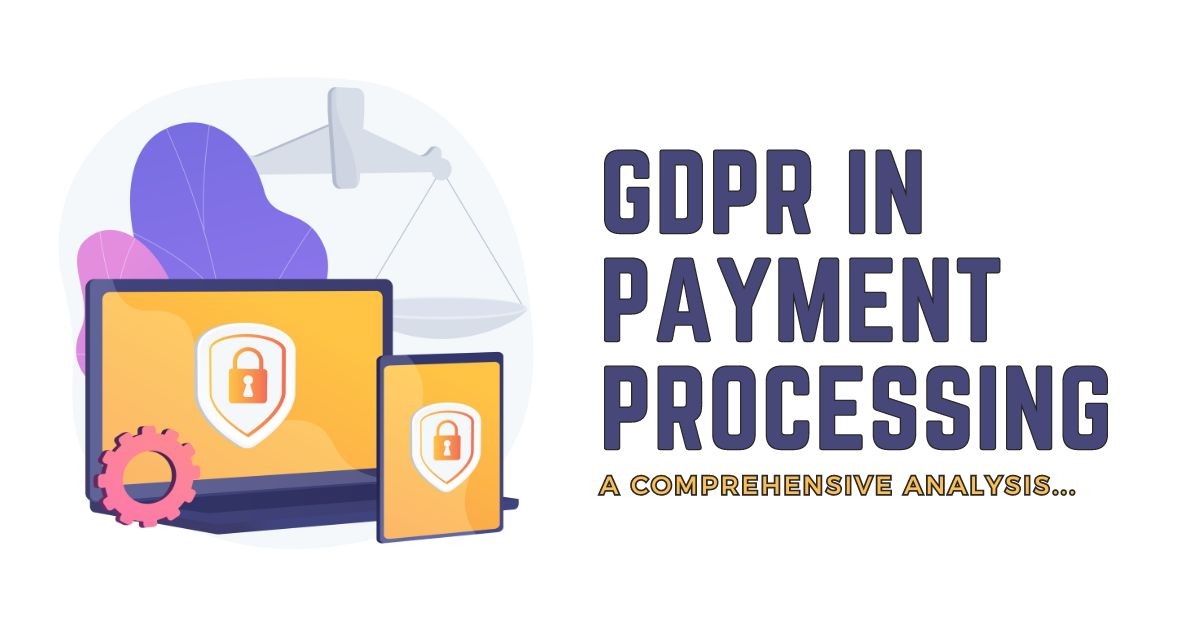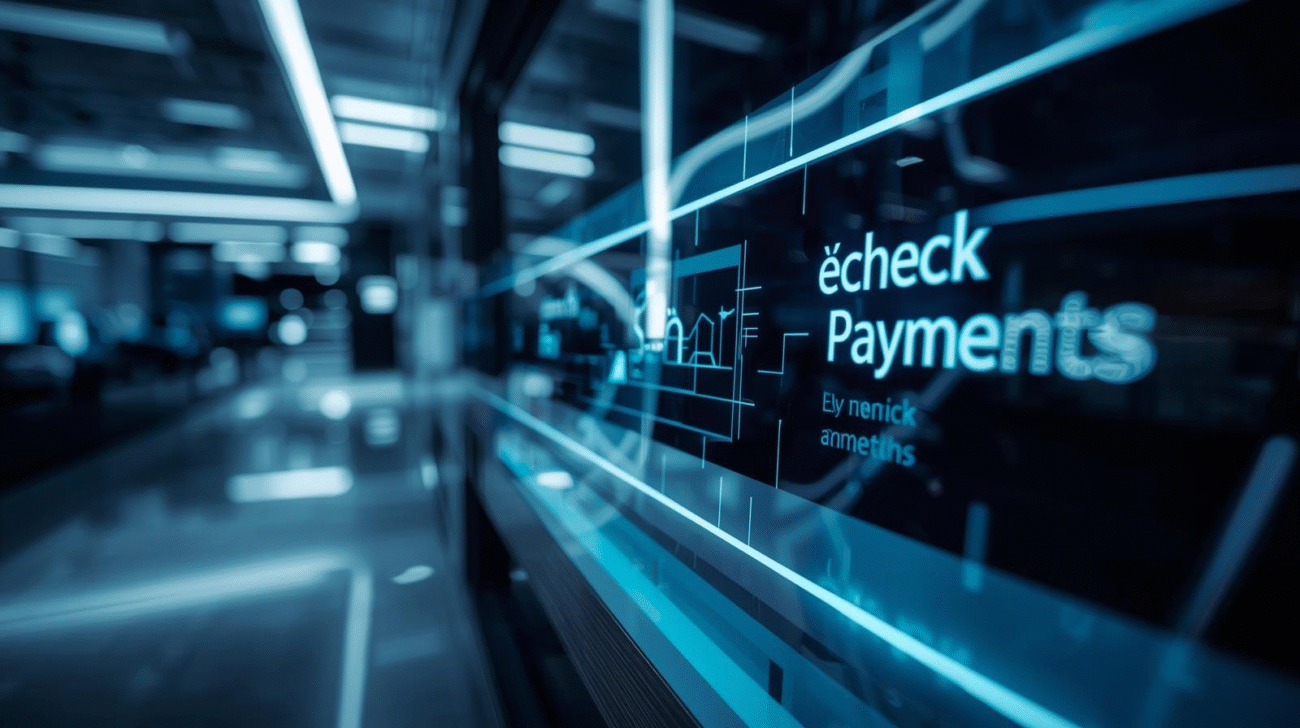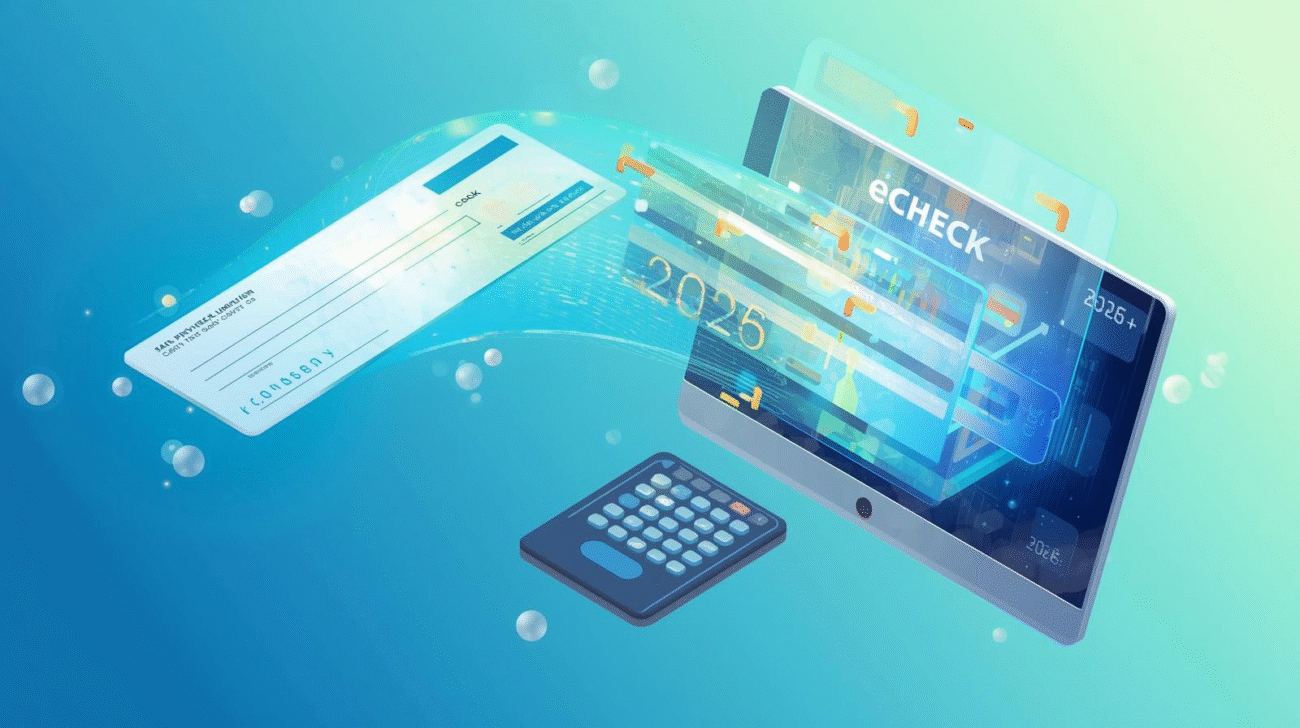In the era of digital transactions, data protection is paramount. Explore how businesses can navigate GDPR compliance to ensure secure and compliant payment processing in the ever-evolving digital landscape.
Understanding GDPR in Payment Processing
The General Data Protection Regulation (GDPR) is a comprehensive framework designed to protect the privacy and data rights of individuals. For businesses involved in payment processing, adhering to GDPR principles is not just a legal requirement but a commitment to safeguarding sensitive customer information.
Key Aspects of GDPR Compliance in Payment Processing
1. Explicit Consent: Obtain clear and specific consent from users before processing their payment data. Clearly communicate how their information will be used and ensure transparency in processing.
2. Data Minimization: Limit the collection of personal data to what is necessary for payment processing. Avoid unnecessary data points and focus on minimizing the information stored.
3. Data Security Measures: Implement robust security measures to protect payment data. Encryption, secure protocols, and access controls are crucial to prevent unauthorized access or data breaches.
4. Right to Access and Erasure: Enable customers to access and manage their payment data. Also, provide mechanisms for users to request the deletion of their data, respecting their right to erasure.
5. Data Processing Records: Maintain clear records of data processing activities related to payment transactions. These records are essential for demonstrating compliance with GDPR requirements.
Challenges and Solutions in Payment Processing Compliance
1. Cross-Border Transactions: With GDPR applicable to EU citizens’ data, businesses processing payments globally face challenges. Implement geolocation-based controls to ensure compliance with regional data protection laws.
2. Third-Party Processors: Many businesses rely on third-party payment processors. Ensure that these partners adhere to GDPR standards and have robust data protection measures in place.
3. Data Breach Preparedness: Have a comprehensive plan in place to address and report data breaches promptly. This includes notifying the relevant authorities and affected individuals as per GDPR guidelines.
The Role of eCheck Payments in GDPR Compliance
eCheck payments, being a digital payment method, play a crucial role in GDPR compliance. They offer advantages such as secure transactions, encryption, and minimized data exposure. Integrating eCheck payments into your system aligns with GDPR principles of data protection and security.
Looking Ahead: Evolving with Regulatory Changes
As regulations evolve, businesses must stay proactive in adapting their payment processing practices. Regularly review and update compliance measures to align with the latest GDPR developments and other relevant data protection regulations.
Conclusion: Securing the Future of Payment Processing
Navigating GDPR compliance in payment processing is not just a legal obligation; it’s a commitment to building trust with customers. By prioritizing data protection, businesses can create a secure digital environment for financial transactions, ensuring a future where privacy and efficiency coexist seamlessly.














